Across industries, the barcode labels you use to identify your products and assets are critical to your business. Compliance, brand identity, effective data/asset management require effective (and accurate) labeling. The quality of the labeling and printing effects operational efficiency.
Making informed business decisions about which barcode labels – and therefore scanners, readers, printers, and more – all lies in understanding the variations of barcode labels and their unique characteristics.
You need to know the type of barcodes not only for determining what works best with your products and assets but also so you can best determine the other supporting technology (integration systems, printers, scanners, readers) that will give you a comprehensive barcode solution for your entire enterprise. Our FAQs can get you started.
Q: WHAT IS A 1D BARCODE?
A: A 1D barcode (also known as a linear code) is a visual black and white pattern, using variable-width lines and spaces for encoding information. That information – such as numbers or other keyboard characteristics – is encoded horizontally from left to right. 1D barcodes holds a limited number of characters, typically 20-25. In order to add more numbers, the barcode must be longer. The most familiar 1D barcodes are those common UPC codes found on grocery and consumer items. A 1D barcode depends on database connectivity in order to be meaningful; after a scanner reads the numbers in the code, they must be linked back to product or pricing date, or other information.
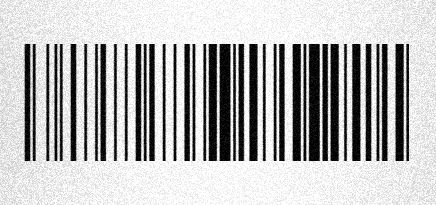
Q: WHAT IS A 2D BARCODE?
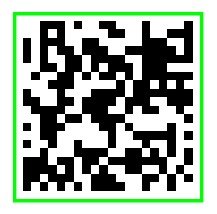
A: A 2D barcode uses patterns, shapes, and dots to encrypt information both horizontally and vertically. 2D barcode can encrypt more characters (around 2000) in the same amount of space as a 1D barcode (which only has 20-25). Types of 2D codes include QR code, PDF417, and Data Matrix. In addition to holding more data, 2D barcodes can encrypt images, website addresses, and other binary data, which means that the codes can work independently of a database. 2D barcodes can be used to mark very small items where a traditional barcode label will not fit – think of surgical instruments or circuit boards inside of a computer. When it comes to customer selection, 2D barcodes are often people’s preference due to the amount of information a 2D barcode can hold in comparison to a 1D.
Q: WHAT ARE THE OPERATIONAL AND FUNCTIONAL DIFFERENCES BETWEEN THE 1D AND 2D BARCODE?
A: Operationally, the critical difference between the two types of barcodes is in the type of scanning engine required to read them. (See the next question for more). Functionally, which type of code is used will depend on the application. Linear (1D) codes tend to be used in scenarios where the associated data is prone to changing frequently (i.e., pricing or the contents of a container). 2D barcodes are used where there may not be database connectivity, where space is limited, and where larger amounts of data are required. Most companies use a variety of different codes for different applications. Think about a typical shipping label or package. This will reveal as many as a half-dozen different types of barcodes on a single box. Again, 2D barcodes tend to be popular due to the amount of information one can hold. Knowing the capabilities (and limitations) of both 1D and 2D barcodes allows you to make the best decision for your enterprise.
Q: WHAT KIND OF LASER SCANNER OR IMAGE READER DO I NEED TO READ A 1D OR 2D BARCODE?
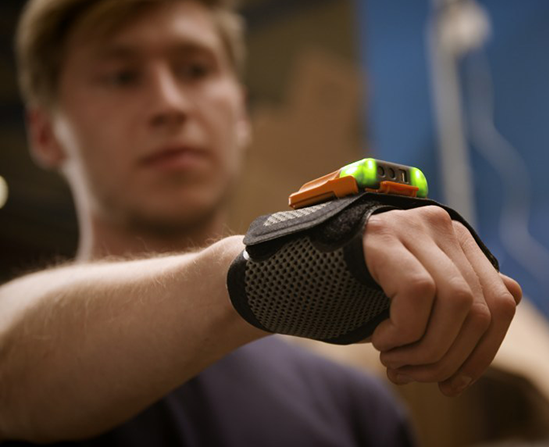
A: There are two different scan engine types (laser scanner versus imager) for interpreting the information provided in the barcode. Many companies producing the technology capable of reading the barcode data uses the term “scanning” regardless of the type of scan engine used. For the purposes of these FAQs, we are trying to draw a clearer distinction for you.
Linear (1D) codes can be scanned with a traditional laser scanner. A laser scan engine uses a laser and mirror to create the bar that scans the information. 1D barcode scanners will only interpret the linear barcode scanning technology. 1D barcode scanners are typically less expensive since the type of encryptions they can decode is limited. A laser scan engine comes in standard range or long range.
2D barcodes must be read using a scan engine type known as an imager. Imagers come in two types – 1D only and 1D/2D. There are subsets of each: standard range, medium range or near/far. 2D barcode imagers can read both linear and two-dimensional barcodes. 2D imagers have become so versatile that they often are replacing 1D barcode scanners in many applications.
2D barcode readers include Honeywell’s Granit series the Granit 191Xi, an industrial scanner that can read both types of barcodes, along with the SR61-HP, which includes the company’s fastest scanning engine. In addition to reading all types of data encryptions, 2D barcode imagers can read from any direction, at long ranges, and can interpret damaged or poorly printed barcodes.
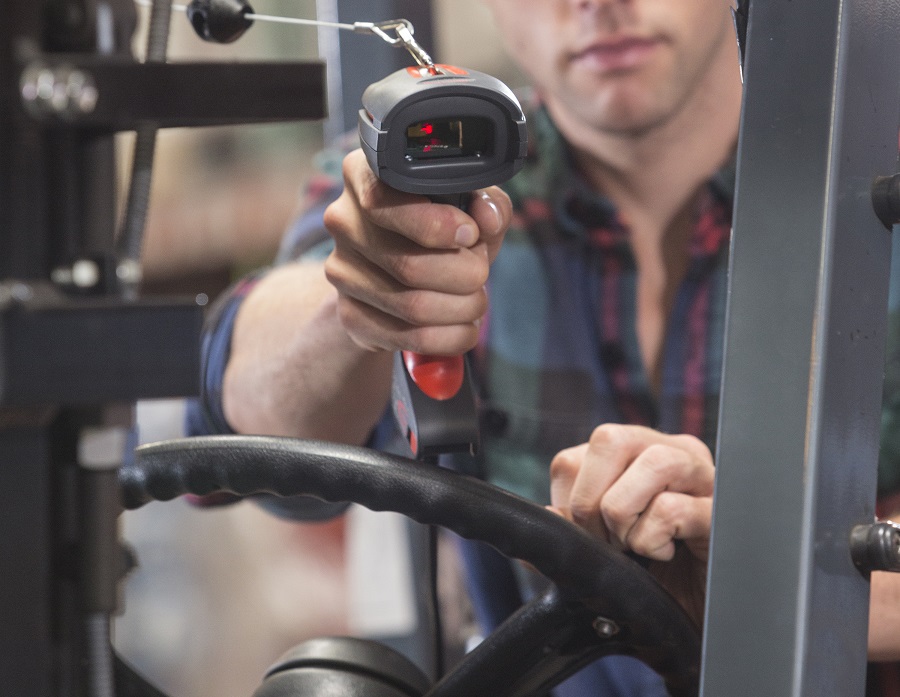
Q: WHAT SHOULD I USE FOR READING A DAMAGED OR POORLY PRINTED BARCODES?
A: A 2D imager can read damaged or poorly printed linear barcodes. 2D imagers will reduce wasted time spent trying to read bad barcodes and will boost overall productivity in environments where reliability and flexibility are important.
Q: IS A 1D BARCODE SCANNER ABLE TO READ BARCODES FROM ANY ANGLE (OMNIDIRECTIONAL)?
A: No. 1D barcode scanners are extremely limited in the angle at which it must scan 1D barcodes. The benefits of 2D imagers is that they are omnidirectional and can read even a damaged or poorly printed barcode from any angle. This can have a tremendous impact on the workflows of your operation because it will take less time to find the right angle. 2D barcode imaging technology helps increase efficiency, productivity and lessens worker hand-fatigue.
Q: CAN I CAPTURE IMAGES OF DOCUMENTS AND SIGNATURES WITH A 2D BARCODE SCANNER?
A: Yes. 2D barcode imagers minimize the risk of fraud in shipping and delivery applications. These readers can easily and accurately capture signatures with a simple image capture, allowing drivers to quickly expedite the delivery workflow.
Q: WHAT IS THE MOST EFFICIENT AND ACCURATE BARCODE OPTION?
A: Many companies incorporate both 1D and 2D barcodes into their labels, often at the request of customers or to meet industry-specific labeling standards (as in the aerospace or automotive industries). 2D barcode imagers are the best option if you are looking for fast and accurate barcode readings. 2D barcodes used in manufacturing and supply chain applications has increased, as this scanning technology efficiently scans moving items on conveyor belts without worrying about scanner alignment. Additionally, 2D barcodes are ideal for imprinting on the small parts associated with manufacturing, electronics, pharmaceutical and medical equipment industries.
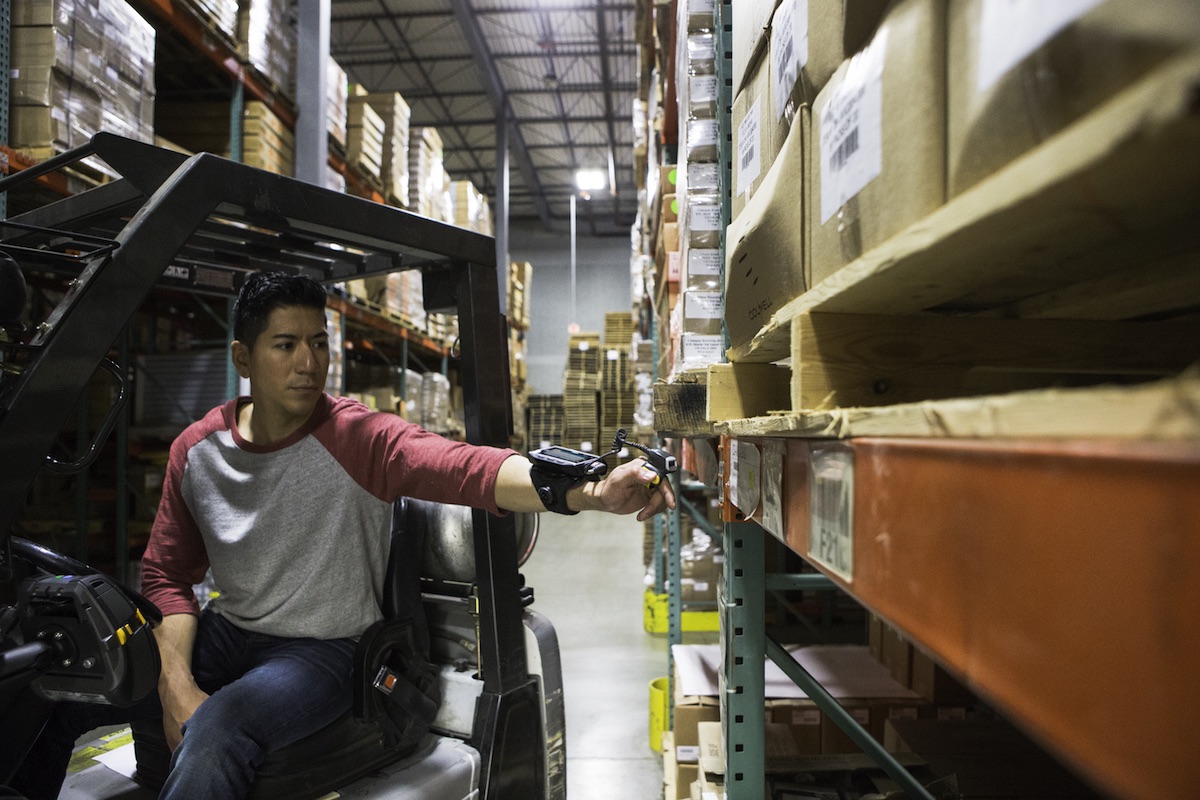
Q: WHAT ARE THE OTHER TECHNOLOGY COMPONENTS OF A COMPREHENSIVE BARCODE SOLUTION THAT I NEED TO REVIEW AND CONSIDER?
A: In addition to choosing the appropriate barcodes and scanners (laser-based or image-based), you will also want to consider integrations with other software systems within your operations such as ERP systems. And you will want to consider how you are going to print your own labels and verify them. Our industrial barcode printers provide high-performance, high volume printing for your fast-paced environment. They are easy to integrate, set up, and configure so you can keep your mission-critical processes running without disruption. A barcode verifier checks to ensure the barcodes you print are of the highest quality, often measuring them against ANSI or ISO specifications.
We have decades of experience in barcode solutions – from labels, to readers, to printers, to software integration systems.
We will support you in making the most informed decision for your enterprise and can outfit your company with barcode technology from the world’s best providers (like Honeywell and Zebra). Contact us to begin building your comprehensive barcode solution for your enterprise.






Trackbacks/Pingbacks